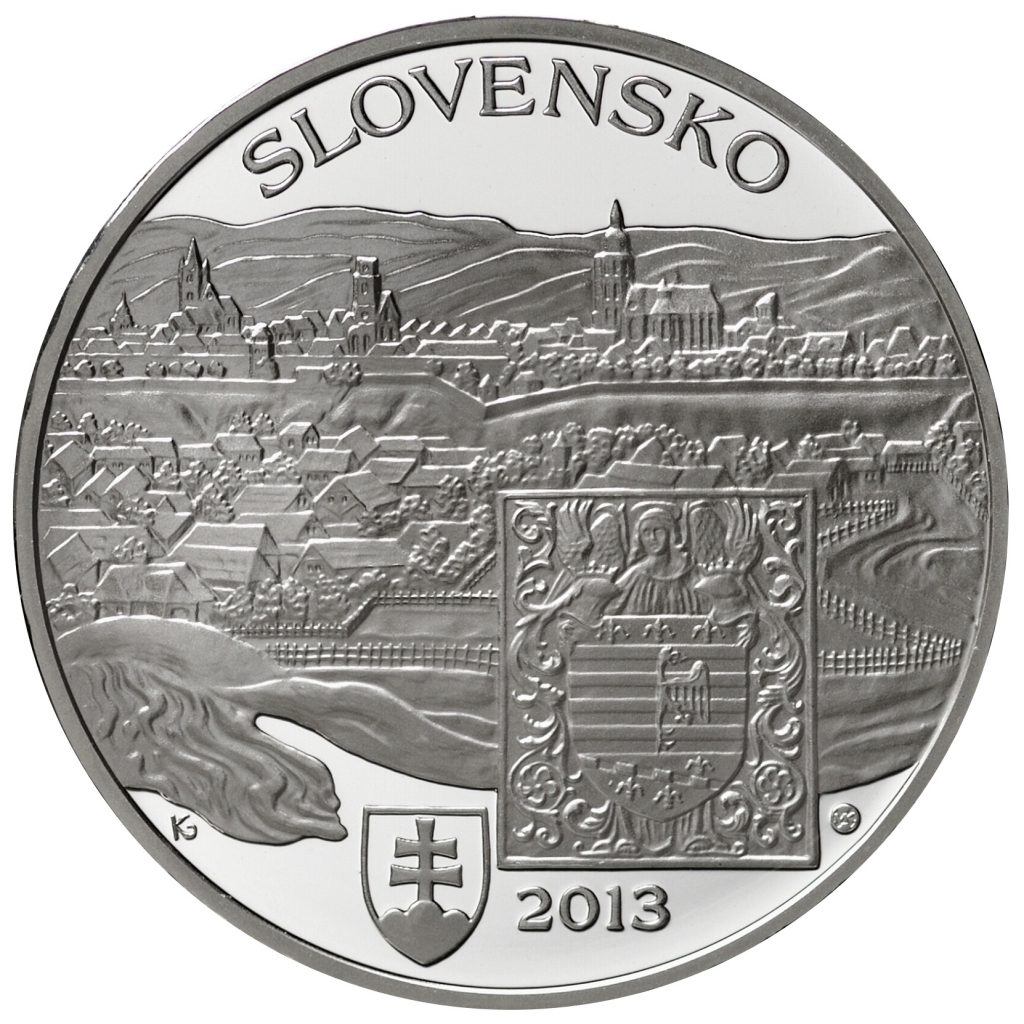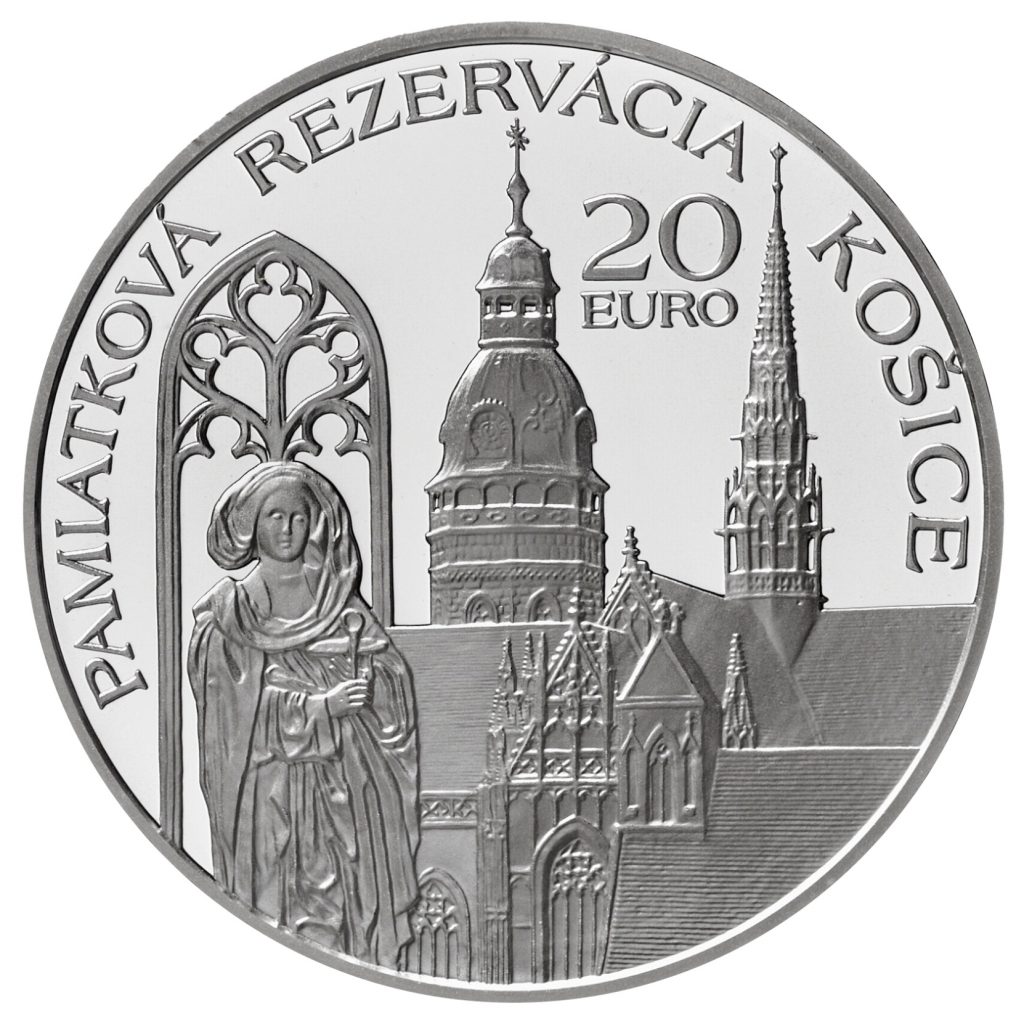-
NBS Tasks
Browse topics
- Monetary policy
- Financial market supervision
- Financial stability
- Banknotes and coins
- Payments
- Statistics
- Research
- Legislation
-
Publications
- Activity Report of the NBS Innovation Hub Annual Report Carbon Footprint Report of NBS Climate-related disclosures of NBS non-monetary policy portfolios Economic and Monetary Developments Financial Stability Report Investment Policy Statement of the National Bank of Slovakia Macroprudential Commentary
- Policy Briefs Report on the Activities of the Financial Market Supervision Unit Research Papers: Working and Occasional Papers (WP/OP) Statistical Bulletin Structural Challenges Other publications Sign up for your email notifications about publications
- About the Bank
- Media
- Frequently asked questions
-
For the public
Browse topics
- About the Bank
- Exchange rates and interest rates
- Banknotes and coins
- Payments
- Financial stability
- Financial market supervision
- Statistics
- Legislation
-
Publications
- Activity Report of the NBS Innovation Hub Annual Report Economic and Monetary Developments Financial Stability Report Macroprudential Commentary
- Report on the Activities of the Financial Market Supervision Unit Research Papers: Working and Occasional Papers (WP/OP) Statistical Bulletin Other publications Sign up for your email notifications about publications
- Frequently asked questions
- Media
- Careers
- Contact
Košice Heritage Site
€20 silver collector coin
Košice, the second biggest city of Slovakia, developed into a town in the 13th century owing to its location at a crossing of trade routes in the Hornád river basin. By the end of the century Košice was an established medieval town surrounded by stone walls. In the 14th century the town was granted a royal charter and saw work begin on St Elisabeth’s Cathedral, the huge Gothic landmark that would come to dominate its extended lenticular square. The cathedral’s reredos triptych dates back to the last quarter of the 15th century and is among the largest of its type in Europe. Standing next to the cathedral are a separate bell tower (Urban’s tower) and St Michael’s chapel, which was originally a charnel house. The size and importance of the medieval town are evident from the local monastic buildings. Indeed the oldest preserved church in the city was established as part of a Dominican monastery. The town is home to numerous baroque and classical palaces as well as burger houses, many of which still have their original medieval cellars. At the end of the 19th century the spectacular Reduta building and theatre were built in the main square. In 1983 the city and its historical core was declared a historical preservation area. In a first for any Slovak city, Košice has been chosen as the European Capital of Culture for 2013 by the European Council.
-
Coin description
Obverse:
The obverse side of the coin shows a 1617 townscape of Košice along with the city’s historic coat of arms. The coat of arms of the Slovak Republic appears in the lower part of the design with the year 2013 to its right. The country name SLOVENSKO is in the upper part. The stylised initials of the designer, Karol Ličko, are placed next to the left edge, while the mintmark of the Kremnica Mint lies to the right of the Košice coat of arms.Reverse:
The reverse side depicts some of the architectural landmarks of Košice’s historical preservation area, including St Elisabeth’s Cathedral and St Michael’s Chapel. Situated on the left of the design is a statue of St Elizabeth of Hungary, the town’s patron saint, from the altarpiece of the cathedral’s main altar, shown together with a Gothic arch and stylised lettering. Along the edge of the design, from left to right, is the inscription PAMIATKOVÁ REZERVÁCIA KOŠICE (Historical preservation area of Košice). The denomination 20 EURO appears in the upper part.
-
Coin details
Designer: Karol Ličko Composition: .925 silver, .75 copper Weight: 33.63 g Diameter: 40 mm Edge: EURÓPSKE HLAVNÉ MESTO KULTÚRY 2013
(European Capital of Culture 2013)Producer: Kremnica Mint Engraver: Dalibor Schmidt Issuing volume: 3,350 coins in brilliant uncirculated quality
6,350 coins in proof qualityIssuing date: 25 February 2013

